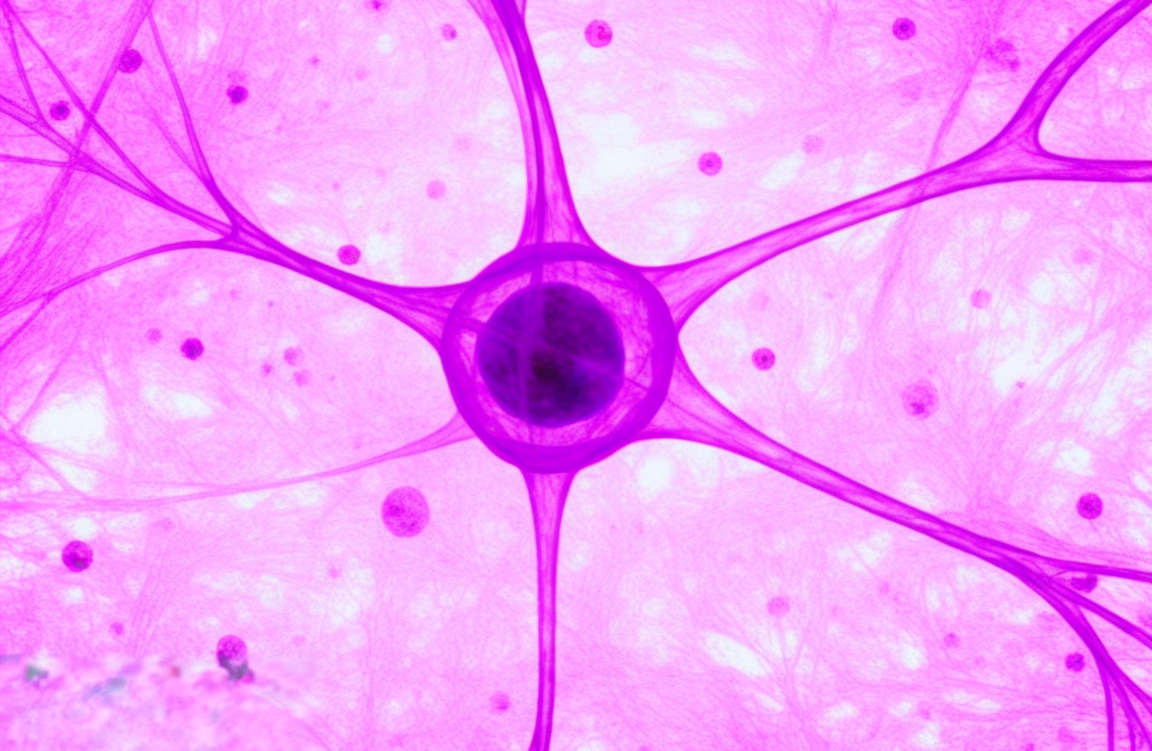
NCI-H209: A Key In Vitro Model for Studying the Neuroendocrine Properties of Small Cell Lung Cancer (SCLC)
Introduction
Small Cell Lung Cancer (SCLC) is a highly aggressive neuroendocrine malignancy, and its unique biological characteristics are central to its rapid progression and therapeutic challenges. A deep understanding of its neuroendocrine phenotype, particularly the complex signaling networks that drive its growth, is fundamental to developing novel and effective therapies. To stably model and investigate these properties in vitro, scientists require reliable and representative cell models. The NCI-H209 cell line, a classic SCLC line established from a patient's metastatic site, provides researchers with a powerful platform to dissect the unique neuroendocrine biology of SCLC.
Use the classic model for SCLC research to ensure data comparability. Our NCI-H209 cells provide the stable, neuroendocrine-positive background your study requires. Learn more>>
Simulating Typical SCLC Growth and Morphology
The value of the NCI-H209 cell line as a research tool begins with its origin and in vitro growth characteristics, which closely mimic the aggressive state of the clinical disease.
Origin and Relevance: Established in the 1980s by the National Cancer Institute (NCI), this cell line was derived from a bone marrow metastasis of a patient with SCLC. This origin is critically important, as it represents advanced-stage disease that has already spread distantly. Its biological behaviors are likely more aggressive than those of a primary tumor, making it highly relevant to the clinical challenges of treating metastatic SCLC.
Culture Characteristics: In vitro, NCI-H209 cells grow in suspension and are non-adherent. They tend to spontaneously aggregate, forming tight, grape-like clusters or spheroids. This three-dimensional growth pattern partially mimics the architecture of tumors in vivo and, compared to 2D monolayer cultures, can better reflect cell-cell interactions and potential drug resistance.
Investigating Key Neuroendocrine Markers and Signaling Pathways
The hallmark of SCLC is its neuroendocrine differentiation, a phenotype perfectly preserved in NCI-H209 cells, making it an ideal model for studying the associated signaling pathways.
Marker Expression: NCI-H209 cells express high levels of several classic neuroendocrine markers, including Neuron-specific enolase (NSE) and Gastrin-releasing peptide (GRP). The stable expression of these markers confirms its identity as a representative neuroendocrine subtype of SCLC.
The Autocrine Growth Loop: One of the most well-characterized features of NCI-H209 is its GRP-driven autocrine growth loop. Research has shown that NCI-H209 cells not only synthesize and secrete the neuropeptide GRP but also express its corresponding receptors on their cell surface. The secreted GRP then binds to these receptors on the same cell or adjacent cancer cells, activating downstream signaling pathways that perpetually stimulate cell proliferation. This self-sustaining growth mechanism is considered a key driver of the uncontrolled growth of SCLC, and NCI-H209 provides a direct in vitro tool to study and therapeutically intervene in this pathway.
Functional Validation of Gene Function
Once potential key genes related to the SCLC neuroendocrine phenotype are identified, their functions must be validated in an appropriate cellular context.
Gene Editing and Interference: Using modern molecular biology tools such as CRISPR/Cas9 gene editing or shRNA-mediated gene interference, researchers can precisely knock out, silence, or overexpress a target gene in NCI-H209 cells.
Analysis of Functional Consequences: Following genetic manipulation, the resulting phenotypic changes can be observed through a series of assays. For example, if a gene hypothesized to be an upstream regulator of GRP is knocked out, researchers can measure whether GRP secretion decreases and if the cell proliferation rate slows. Conversely, overexpressing an oncogene might enhance the expression of neuroendocrine markers or alter the cell's sensitivity to chemotherapy. This approach establishes a direct causal link between a specific gene and the neuroendocrine biology of SCLC.
Need to validate your target gene's function in SCLC? The NCI-H209 cell line provides a robust and highly responsive platform for your CRISPR or shRNA experiments. Order now>>
Conclusion
In summary, the NCI-H209 cell line, by virtue of its clinical relevance as a derivative of late-stage metastatic disease, its growth characteristics that mimic in vivo conditions, and its faithful retention of key neuroendocrine markers and signaling pathways (especially the GRP autocrine loop), serves as an indispensable in vitro research platform. It not only enables scientists to dissect the molecular mechanisms driving SCLC malignancy but also provides a stable and reproducible system for the functional validation of new genes and the screening of targeted drugs, thereby continuing to fuel the development of new therapies for SCLC.
References
[1]Carney, D. N., Gazdar, A. F., Bepler, G., Guccion, J. G., Marangos, P. J., Moody, T. W., Zweig, M. H., & Minna, J. D. (1985). Establishment and identification of small cell lung cancer cell lines having classic and variant features. Cancer Research, 45(6), 2913–2923.
[2]Cuttitta, F., Carney, D. N., Mulshine, J., Moody, T. W., Fedorko, J., Fischler, A., & Minna, J. D. (1985). Bombesin-like peptides can function as autocrine growth factors in human small-cell lung cancer. Nature, 316(6031), 823–826.
[3]Gazdar, A. F., Carney, D. N., Russell, E. K., Sims, H. L., Baylin, S. B., Bunn, P. A., Jr, Guccion, J. G., & Minna, J. D. (1980). Establishment of continuous, clonable cultures of small-cell carcinoma of the lung which have amine precursor uptake and decarboxylation cell properties. Cancer Research, 40(10), 3502–3507.

